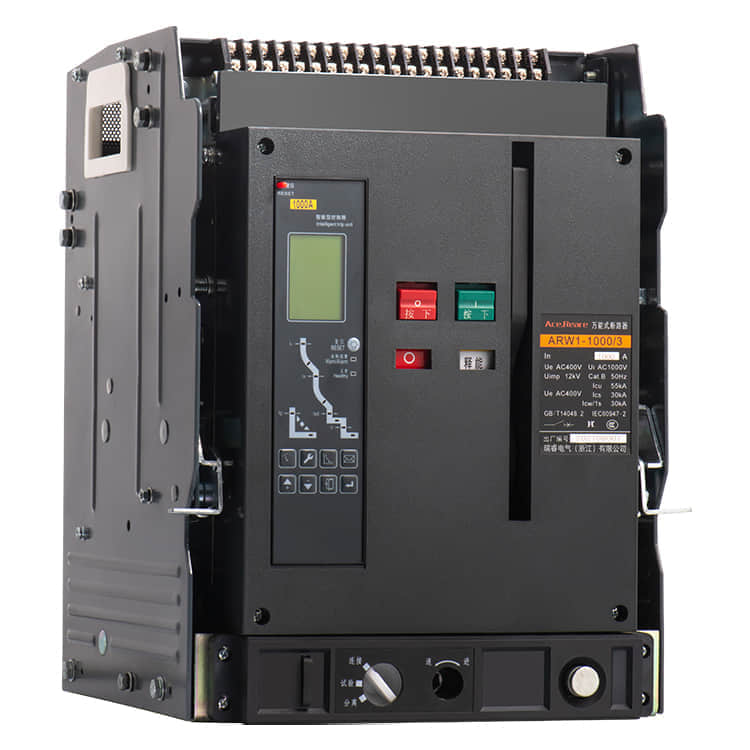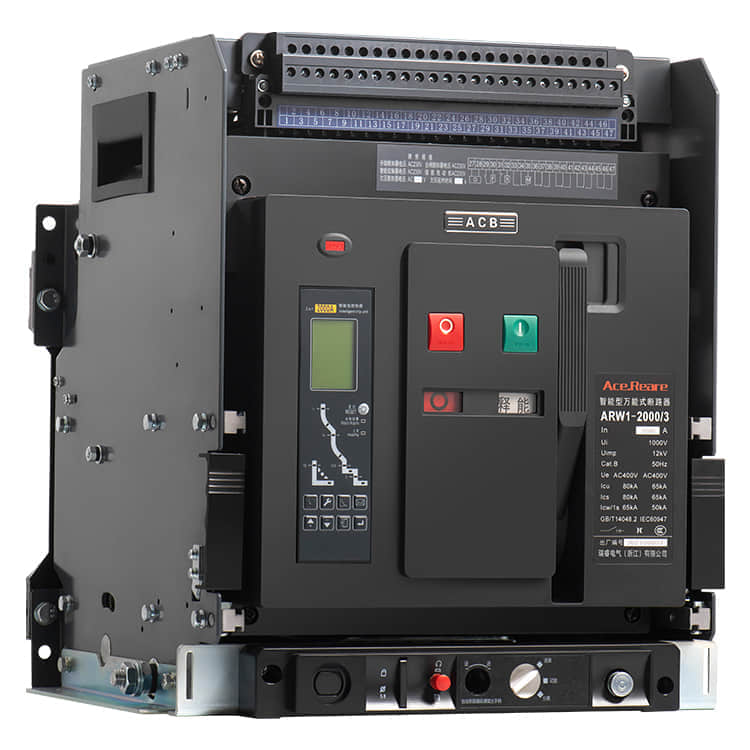In modern electrical systems, the safety and efficiency of power distribution are paramount. One key component that plays a crucial role in this regard is the Air Circuit Breaker (ACB). Among the variations of ACBs, the fixed type has gained significant attention due to its unique advantages. This article delves into the features and benefits of the ACB fixed type, shedding light on why it has become an essential element in contemporary power management.

The ACB fixed type is characterized by its stationary position within the electrical distribution panel, as opposed to the draw-out type that can be removed for maintenance. This fixed arrangement provides several notable benefits:

Stability and Reliability: The fixed installation ensures a more stable connection and reduces the risk of loose contacts, which could compromise the breaker’s functionality. This heightened reliability makes fixed ACBs suitable for critical applications where downtime is not an option. Reduced Maintenance Complexity: Unlike draw-out ACBs that require extra mechanisms for insertion and removal, fixed ACBs have a simpler design. This results in reduced maintenance complexity and lowers the chances of operational errors during maintenance procedures. Compact Design: Fixed ACBs are inherently more compact as they lack the additional structures required for draw-out functionality. This compactness is especially valuable in space-constrained environments where efficient utilization of available space is crucial. Enhanced Electrical Safety: The fixed positioning minimizes the risk of accidental operations or exposure to live parts during maintenance. This added layer of safety is particularly important in high-voltage installations, where operator safety is a top priority. Cost Efficiency: The simplified design and reduced maintenance requirements contribute to overall cost savings. Additionally, the longer lifespan due to decreased wear and tear further enhances the economic appeal of fixed ACBs. Quick and Easy Installation: Fixed ACBs are straightforward to install, requiring fewer steps compared to draw-out alternatives. This translates to quicker commissioning times and reduced installation costs. Suitability for Harsh Environments: The stationary nature of fixed ACBs makes them less susceptible to environmental factors such as vibrations and shocks. This makes them a preferred choice for installations in industrial settings or regions with challenging conditions. Customization Options: Manufacturers often provide customization options for fixed ACBs to suit specific applications. This flexibility allows engineers to tailor the breaker’s features and settings to meet the unique demands of their systems. In conclusion, the ACB fixed type brings a multitude of advantages that cater to the demands of modern power distribution systems. From its stability and reliability to its compact design and enhanced safety features, the fixed ACB offers a host of benefits that contribute to efficient power management. By understanding the strengths of the fixed ACB, engineers and operators can make informed decisions when selecting components for their electrical systems, ensuring both optimal performance and safety.
